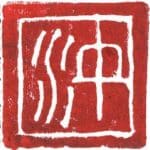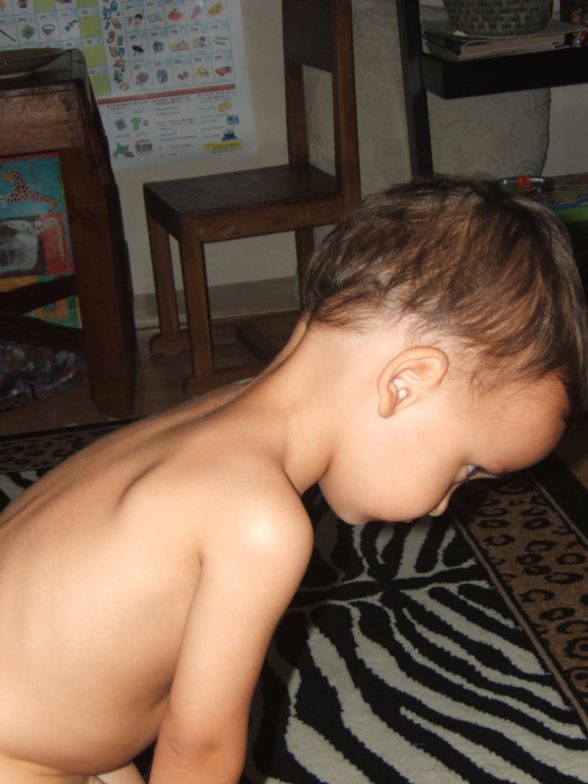CONTRIBUTED BY STACI HAWLEY
If you are like me, you have probably made a fool out of yourself at one time or another. As I drop my son off at school everyday, I know that I am trying to manage several sloppy things at once. I bend over, help Sebastian remove his shoes, my all too large purse inevitably flings around, smacking someone all the while generically bowing saying “ohayo gozaimasu”. Sometimes I may even have a diet coke in hand. I really wasn’t giving a thought to a most important greeting here. I was just smooshing it in with all the other “housekeeping tasks” of dropping my son off at school. Even though bowing is a common gesture in Japan- did you know that there are three distinct degrees of the bow?
So here you go. The anatomy of a bow (modeled by a much bribed Sebastian).
E-shaku (the light bow)
This is your casual friendly bow that you use when you greet someone in a store, pass a neighbor outside- or you are receiving your ID card back as you enter base.
* The angle should be about 15 degrees
* A small incline of the head
* When you bow to someone, it is best to do your greeting first, then bow.
Keirei
This bow is appropriate when welcoming a guest, or giving a greeting to your boss.
* The angle should be about 30 degrees
* Incline the upper part of your body with your head
Sai-keirei (formal bow)
You would do a formal bow for a big favor, an apology or a special thanks. It is also used after a business agreement has been settled.
* Men should have their hands positioned at the sides, women should position their hands in front
Sidenote: When you bow to someone, it’s better to not have that diet-coke in your hand.

